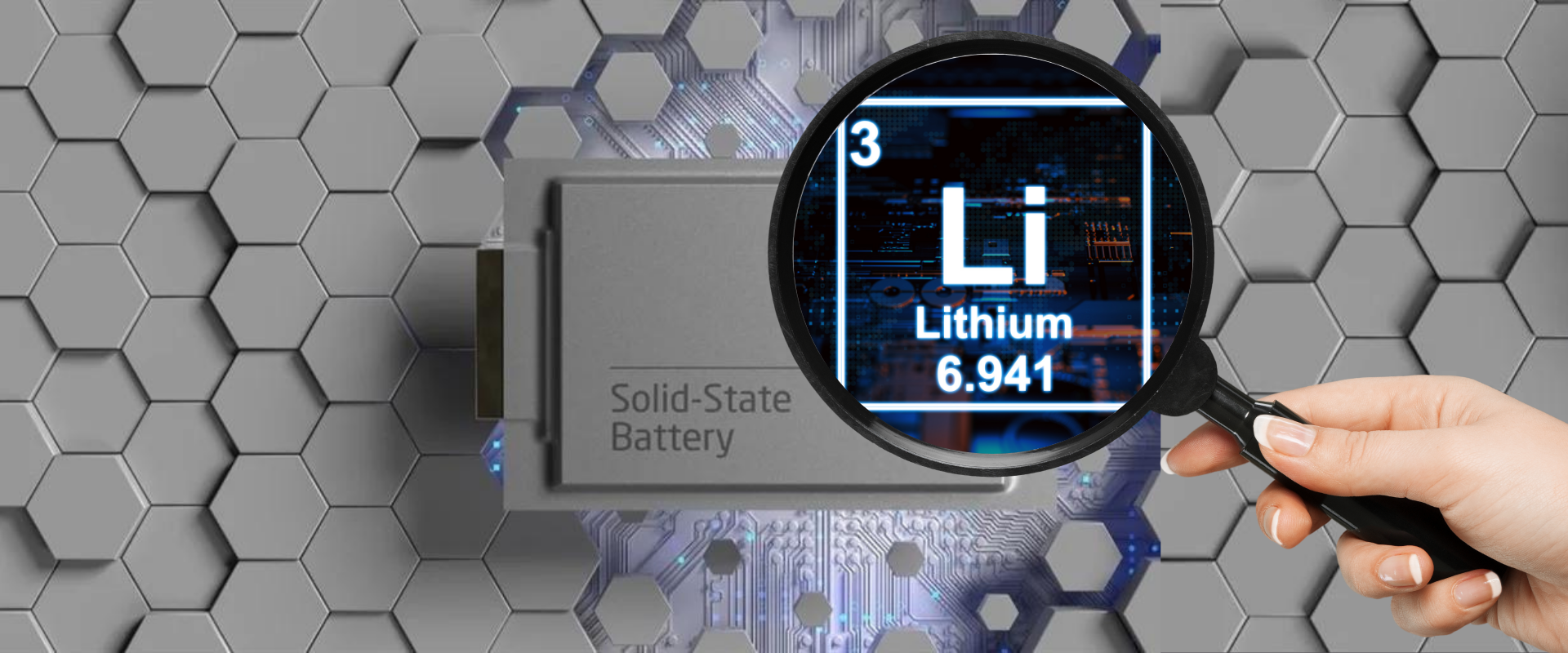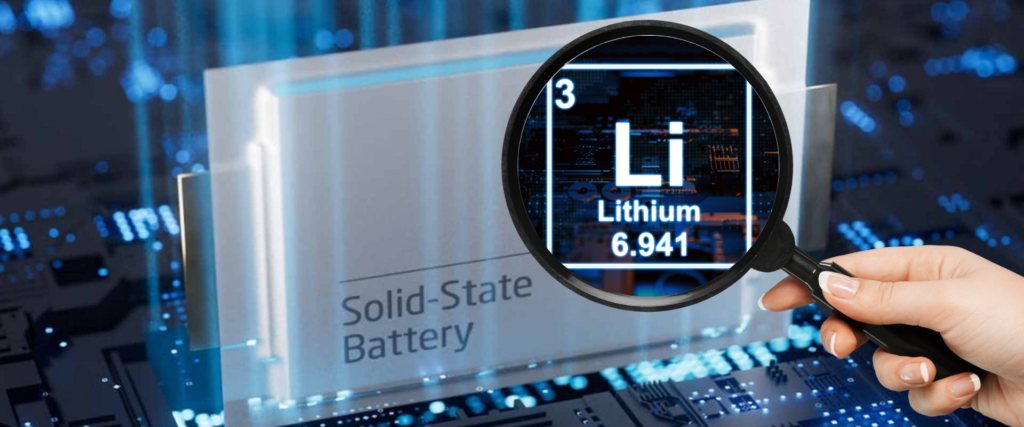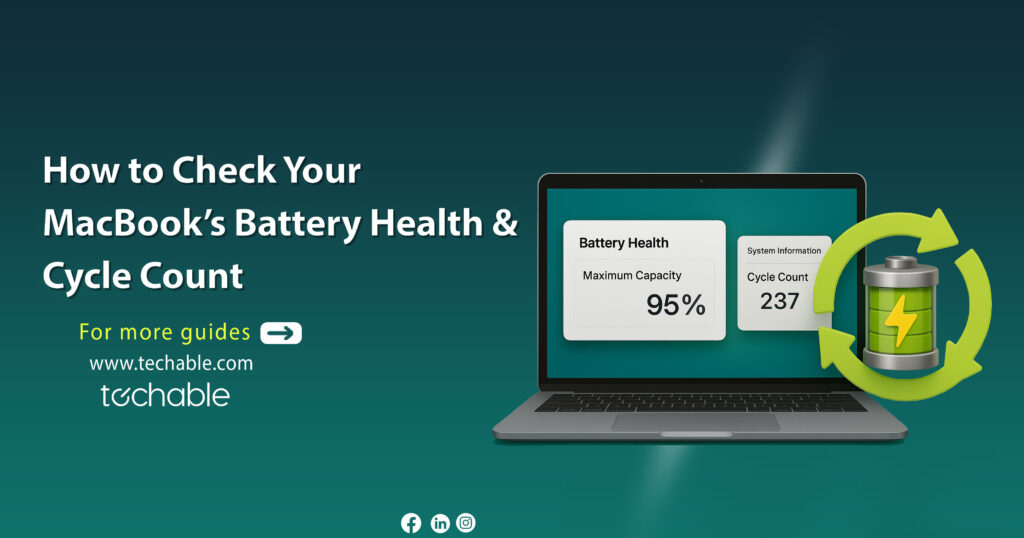In recent years, the buzz around lithium batteries has grown louder, especially in the realm of electric vehicles and high-tech devices. As of 2023, the United States, a leader in technological innovation, has seen significant investments in this area, with the solid-state battery market projected to reach $8 billion by 2030, according to a report by Grand View Research. This surge in interest isn’t just a trend; it’s a response to the growing demand for more efficient, safer, and longer-lasting batteries.
At the heart of this discussion is a crucial element: lithium. Commonly associated with traditional lithium-ion batteries, lithium’s role in the emerging technology of solid-state batteries is often a point of curiosity and debate. This article aims to shed light on this topic, exploring how lithium is used in solid-state batteries and why it remains a key component in the evolution of battery technology. As we delve into this subject, we’ll uncover not only the technical aspects but also the broader implications of lithium’s use in powering the future of energy storage and mobility.
What are Solid-State Batteries?
Before we dive into the specifics of lithium’s role, let’s first understand what solid-state batteries are and how they differ from the batteries most of us are familiar with.
- Definition and Basic Structure: At its core, a solid-state battery is a type of battery technology that uses solid electrodes and a solid electrolyte. Unlike conventional batteries, which use a liquid or gel-like electrolyte, solid-state batteries employ a solid medium to facilitate the movement of ions. This fundamental difference in structure is what sets them apart and is key to many of their advantages.
- Comparison with Traditional Batteries: The most common batteries in use today are lithium-ion batteries. These batteries have a liquid electrolyte that allows lithium ions to move between the anode (negative side) and cathode (positive side) during charging and discharging. In contrast, solid-state batteries use a solid electrolyte. This difference might seem small, but it has significant implications for performance, safety, and longevity. For instance, solid electrolytes are generally more stable and less flammable than their liquid counterparts, addressing one of the major safety concerns with current lithium-ion batteries.
- Why the Shift?: The shift towards solid-state technology is driven by the need for safer, more efficient batteries with higher energy densities. Solid-state batteries are less prone to catching fire and can potentially store more energy than traditional lithium-ion batteries, making them particularly attractive for use in electric vehicles and high-demand electronics.
Solid-state batteries represent a significant step forward in battery technology, offering a safer, more efficient alternative to traditional lithium-ion batteries. Their unique structure and use of solid electrolytes open up new possibilities in energy storage, which is crucial for the continued advancement of portable electronics and electric vehicles.
Do Solid-State Batteries Use Lithium?
Yes, solid-state batteries do use lithium. The role of lithium in these advanced batteries is not only fundamental but also a continuation and enhancement of its use in traditional battery technologies. Let’s delve into the details to understand why lithium is used in solid-state batteries and the implications of this choice.
The Role of Lithium in Solid-State Batteries
Understanding the pivotal role of lithium in solid-state batteries is essential to appreciate why this technology is so promising. Lithium, a lightweight and highly reactive metal, has been the backbone of battery technology for decades, and its importance continues in the realm of solid-state batteries.
- Lithium’s Function: In solid-state batteries, lithium plays a similar role as it does in traditional lithium-ion batteries. It acts as the primary agent for storing and releasing energy. During the charging process, lithium ions move from the cathode to the anode through the solid electrolyte. When the battery discharges, these ions travel back to the cathode, releasing the stored energy for use. The key difference in solid-state batteries is the medium through which these lithium ions move – a solid electrolyte instead of a liquid one.
- Advantages of Using Lithium: The use of lithium in solid-state batteries brings several benefits:
- High Energy Density: Lithium is incredibly efficient in storing energy. This efficiency translates into higher energy density for solid-state batteries, meaning they can hold more energy in a smaller space compared to other battery types.
- Lightweight: Lithium is one of the lightest metals, which contributes to the overall lightness of the battery. This is particularly beneficial for applications like electric vehicles, where weight is a critical factor.
- Efficiency and Performance: Lithium’s electrochemical properties allow for efficient and fast charging and discharging, making solid-state batteries more responsive and powerful.
- Why Not Other Materials?: While research is ongoing into alternative materials, lithium remains the preferred choice due to its unmatched energy density and efficiency. Other materials have not yet been able to provide the same balance of weight, efficiency, and performance that lithium offers.
Lithium’s role in solid-state batteries is not just a continuation of its use in traditional batteries but an enhancement of its capabilities. By leveraging lithium’s high energy density and efficiency in a more stable and safe solid-state framework, these batteries are poised to revolutionize how we store and use energy in various applications.
Practical Applications of Lithium-Powered Solid-State Batteries
Lithium-powered solid-state batteries are not just a technological advancement; they are a gateway to a new era of efficiency and performance across various sectors. Let’s explore the practical applications of these batteries in cars, electronic devices, and other products.
- Revolutionizing the Automotive Industry: Perhaps the most significant impact of lithium-powered solid-state batteries is in the realm of electric vehicles (EVs). These batteries offer a higher energy density, meaning EVs can travel longer distances on a single charge. Additionally, their improved safety profile, due to the solid electrolyte’s stability, makes them a more reliable choice for vehicles. This could lead to lighter, more efficient cars with a significantly reduced risk of battery-related fires.
- Transforming Consumer Electronics: In the world of consumer electronics, from smartphones to laptops, battery life is a constant concern. Solid-state batteries could be a game-changer, offering longer battery life in a more compact form. This means slimmer, lighter devices without compromising on performance. Moreover, the faster charging capabilities of these batteries can enhance user convenience, reducing the time tethered to a charging cable.
- Powering Wearable Technology: The compact and flexible nature of solid-state batteries makes them ideal for the burgeoning field of wearable technology. Their small size and high energy density are perfect for devices like smartwatches, fitness trackers, and medical devices, where space is at a premium and efficiency is paramount.
- Advancing Renewable Energy Storage: Lithium-powered solid-state batteries also have significant potential in the field of renewable energy. They can be used in solar and wind energy systems for more efficient storage. This is crucial for managing the intermittent nature of renewable sources and ensuring a steady supply of power.
- Specialized Industrial Applications: In industries where reliability and safety are critical, such as in aerospace and medical devices, solid-state batteries offer a promising solution. Their stability and long life make them suitable for use in environments where battery failure can have serious consequences.
- Emerging Technologies and Innovations: Beyond these current applications, solid-state batteries are poised to play a crucial role in future technological innovations. Whether it’s in powering next-generation IoT devices or in advanced robotics, the possibilities are vast and exciting.
Challenges and Future Applications of Lithium in Solid-State Batteries
While the benefits of using lithium in solid-state batteries are clear, it’s important to also consider the challenges and prospects of this technology.
- Current Limitations: Despite the promising advantages, solid-state batteries, particularly those using lithium, face several challenges:
- Manufacturing Complexity and Cost: The production of solid-state batteries is currently more complex and costly compared to traditional lithium-ion batteries. This is partly due to the precision required in handling and assembling the solid components.
- Scalability Issues: Scaling up production to meet the high demand, especially for applications like electric vehicles, remains a significant challenge. This includes ensuring consistent quality and performance across large volumes of batteries.
- Material and Design Challenges: Finding the right combination of materials for the solid electrolyte and electrodes that work efficiently with lithium is an ongoing area of research. There are also challenges related to the interface between the solid electrolyte and electrodes, which can affect the battery’s overall performance and lifespan.
- Future Potential: Despite these challenges, the future of solid-state lithium batteries looks bright:
- Continued Research and Innovation: There is significant ongoing research aimed at overcoming the current limitations of solid-state batteries. This includes developing new materials and manufacturing techniques that can lower costs and improve scalability.
- Growing Market Demand: The demand for more efficient, safer, and higher-capacity batteries is driving the market towards solid-state technology. This is particularly evident in the electric vehicle industry, where the need for better batteries is critical.
- Potential for Revolutionary Change: If the current challenges are overcome, solid-state batteries could revolutionize energy storage. They have the potential to significantly extend the range of electric vehicles, reduce charging times, and enhance the safety and longevity of various electronic devices.
Final Thoughts
While solid-state lithium batteries are not without their challenges, their potential to transform the energy storage landscape is immense. As technology advances and these challenges are addressed, we can expect to see a significant shift in how we use and think about batteries in our daily lives and in various industries.
The use of lithium in solid-state batteries is a pivotal aspect of their design and functionality. It represents a continuation of lithium’s essential role in battery technology, now enhanced by the advantages of solid-state architecture. As we move forward, the potential of these batteries to revolutionize energy storage and power a wide range of applications is both exciting and immense.



















0 Comments